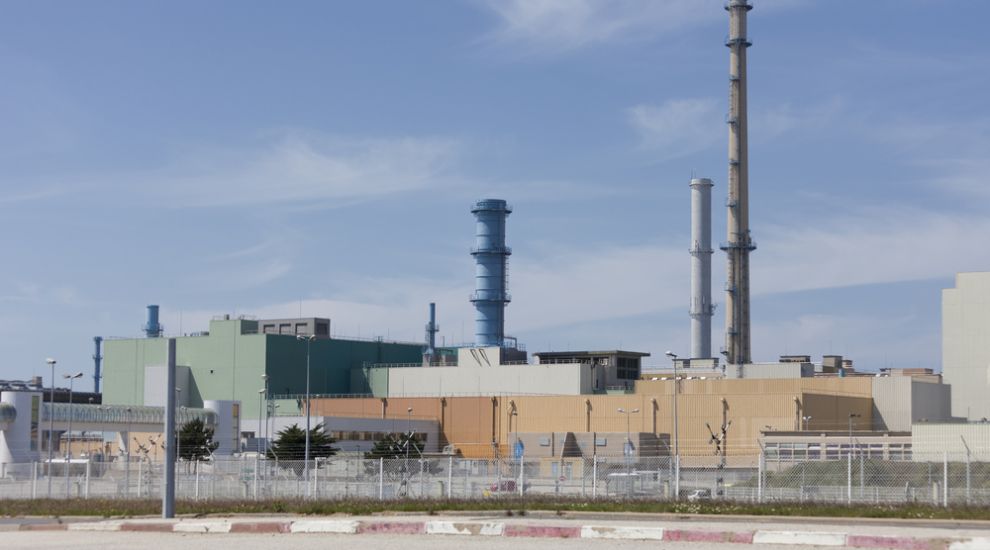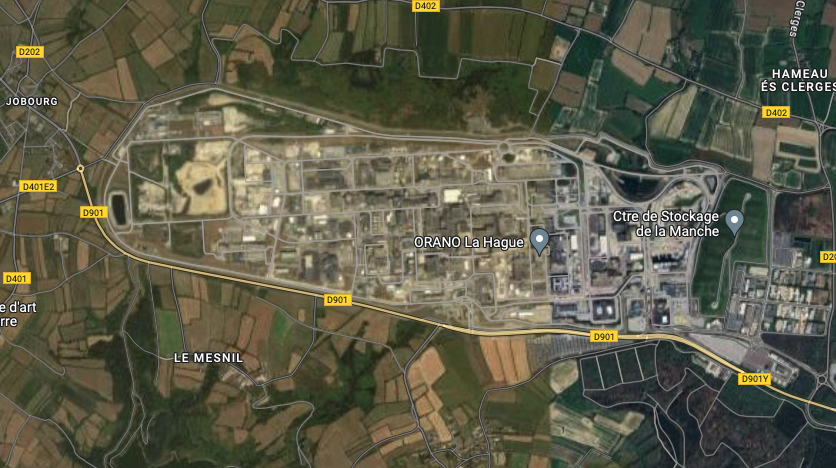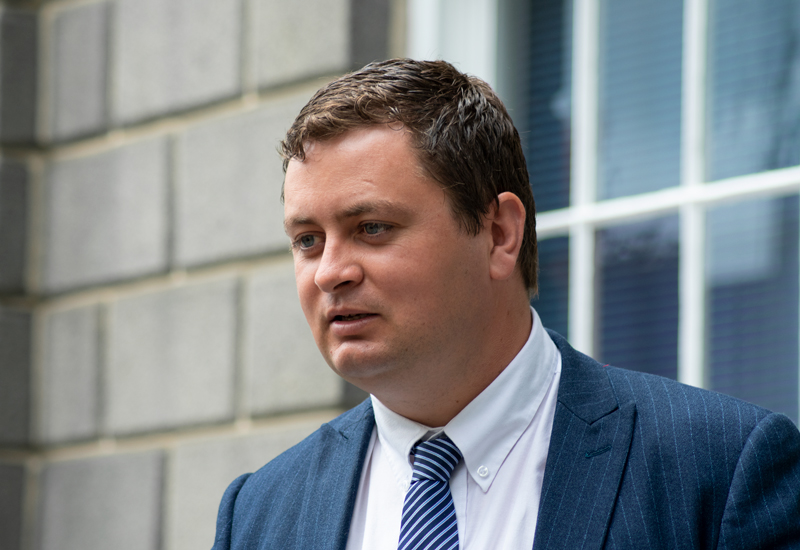


Researchers who modelled the risk of nuclear accidents from a major French reprocessing site didn’t factor in the now approved expansion of the facility, but public health officials are insisting the report is a “living document” and can evolve.
French President Emmanuel Macron signed off plans for major investment to expand the Orano La Hague reprocessing facility earlier this year as the country looks to make nuclear energy a key plank of its energy transition efforts.
Data is not available on the effects of the expanded activities to the environment and the Channel Islands, but Dr Nicola Brink, Guernsey’s Director of Public Health, said a newly published risk assessment focusing on nuclear incidents can be adapted to respond to new threats.
“We will continue with ongoing risk assessment as part of our planning, and we acknowledge there has been a long delay since the previous and we really needed to get a risk assessment done,” she said.
“We plan to review on a regular basis as often as we need to.”
The French Economy & Finance Minister also revealed in March that investigations are underway to build another reprocessing plant on the site for tens-of-billions of Euros.
For now, Électricité de France (EDF), 85% of which is owned by the French state, has been green-lit to build an additional spent fuel pool which faces the Bailiwick to the northeast just 15 miles away.
The multi-billion-Euro expansion project could increase the site's storage capacity for nuclear waste from around the world by around 65% and could be operational by the 2040s, in response to forecasts that within 10 years the site will need to store more nuclear waste than current capacity allows.
This will see 6,000 extra tonnes of radioactive materials bringing the total processed on the site to 16,000 tonnes. Since 1976 it has treated thousands of tonnes of spent fuel from several European countries and Japan.

Pictured: Security is tight around La Hague, with it blurred out on satellite imagery.
La Hague deals with the 10% of the most radioactive wastes, mostly plutonium and uranium, which is stored in steel containers after being diluted and split out in large tanks.
The plant releases a controlled amount of radioactive liquid waste into the sea which has seen it become a target for anti-nuclear protestors in the country, most notably Greenpeace, which also argues reprocessing also necessary for the manufacture of weapons-grade plutonium which is why the site is heavily guarded.
But La Hague’s management have hit back at their claims saying the dose of radioactivity released is less than the amount of cosmic radiation received from one person during a transatlantic flight.
Alderney Representative Alexander Snowdon complained in 2022 that the French authorities had done little to prime the island community for the effect.
He called for iodine tablets to be stocked locally in case of a nuclear accident, but a new report has cast doubt of their effectiveness from an incident a La Hague with the governments of both Guernsey and Jersey unanimously deciding that stockpiling shouldn’t occur.
Instead, they say sheltering in place would be the most effective response in any serious emergency which saw a large quantity of radiation released.
But the States of Alderney has insisted that information has been provided from the French authorities, while the emergency planning officer for both Guernsey and Jersey recently praised the spirit of collaboration between parties and said France is discharging it legal consultation duties.

Pictured: Alexander Snowdon.
Kevin Murphy said that the islands have been kept in the loop every step of the way.
“When those expansion plans were developed, we were engaged as Channel Islands, our Chief Ministers were written to for any specific concerns, we took scientific advice on it, looked at the modelling and wrote back thanking them for their engagement,” he said.
“We’re really pleased with the level of control and safety of the French nuclear leadership, They're very good and very safety conscious.”
“We attended both local and national forums... they’re really open and transparent. Friends of the Earth are there, Greenpeace are there, people who are very vociferously anti-nuclear there and they’re very welcome.”
This week Mr Snowdon said he would still welcome “direct communication from the French Government to Alderney to explain their expansion plans for the island's community. Alderney is the closest island so in my opinion a presentation should be encouraged on Alderney and the other islands with questions and answers session with our island's community.
“I would have thought this would be standard practice from the French government and EDF to engage directly, if we compare with Hinkley Point C in Somerset which undertakes major engagement with the community and supports environment initiatives such as Steart Marshes nature reserve and carbon capture.”
New modelling for worst-case-scenario nuclear accidents arising from French disaster have now been published using hundreds of computers runs simulating weather and how that would impact the islands.
On shipping of the spent nuclear fuels, the report says: “Some of this spent fuel arrives by ship via the port of Cherbourg. To ensure the material is carried safely, the ships, the way they are operated, and the casks in which the fuel is transported must comply with international codes and regulations.
“For example, the ships must be resistant to damage and fire, and the fuel casks must pass mechanical, thermal and immersion tests. The ships and casks are very robust. Even if there is an accident, the probability that radioactive material will leak into the environment is very low.
Should a major accident occur, the research finds that only 5% of scenarios would require sheltering while iodine would prove ineffective because very little radioactive iodine will be released from La Hague.
“We found that food restrictions may cover a larger area and need to be in place for a longer time. We found that food restrictions would potentially need to be put in place for 50% of the plumes we modelled, and may have to last several decades, unless remedial action is taken. This would be confirmed with a monitoring programme,” it added.
“Extremely low” risk to islands from nuclear incident
INSIGHT: The Channel’s nuclear ditching site
Demands for the Bailiwick to have a say on nuclear expansion in France
Multi-million euro nuclear deal signed “just 15 miles east of the Bailiwick”
Comments
Comments on this story express the views of the commentator only, not Bailiwick Publishing. We are unable to guarantee the accuracy of any of those comments.